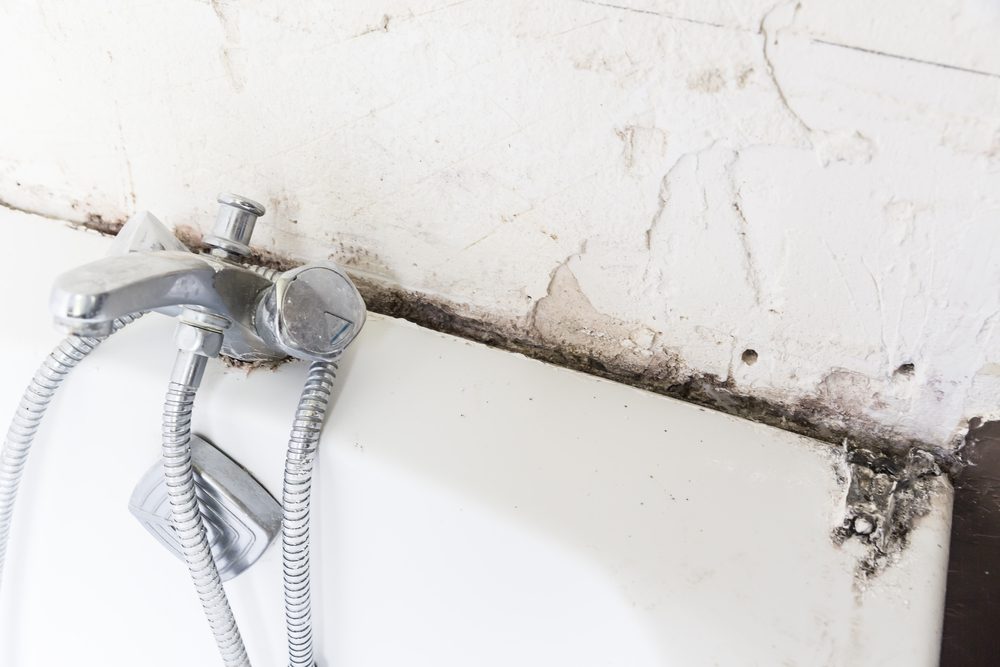Mold growth in the shower is a common issue that can lead to unpleasant odors, health concerns, and unsightly stains. If you’re struggling to keep mold at bay in your bathroom, you’re not alone. In this article, we’ll share expert tips from plumbers on how to prevent mold in the shower, helping you maintain a…
READ MORE PLUMBING ARTICLES
By Made’s Plumbing
Ensuring Safe Water in Arlington, TX With Service Line Inspections
Headline stories like what happened in Flint, Michigan several years back have been a reminder…
Plumbing Myths in Arlington, TX: What Property Owners Should Know
Since the time we’re kids we hear all kids of plumbing myths. From the ridiculous,…
What to Do in a Plumbing Emergency: Tips for Arlington Residents
Experiencing a plumbing emergency in your Arlington, TX home is way more stressful than regularly…
Drop Us a Line!









